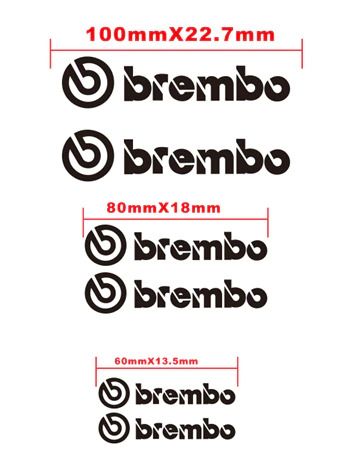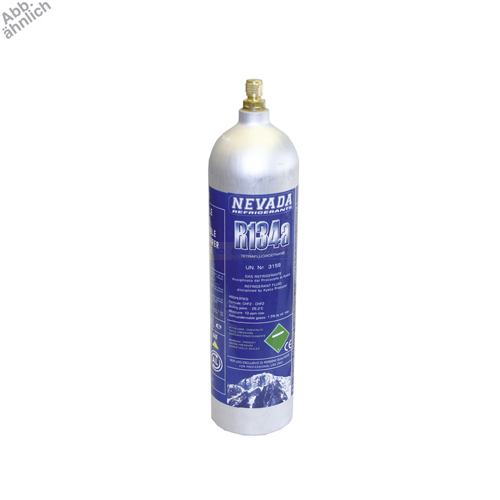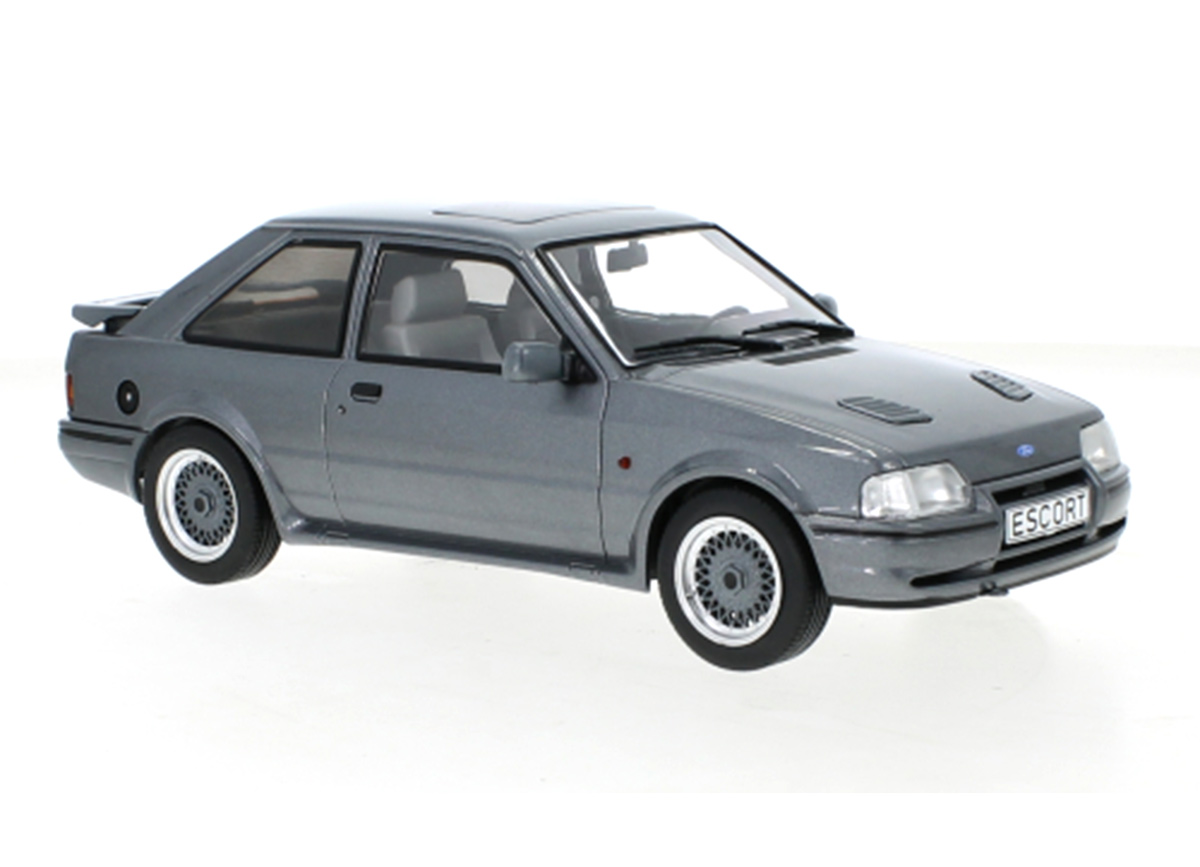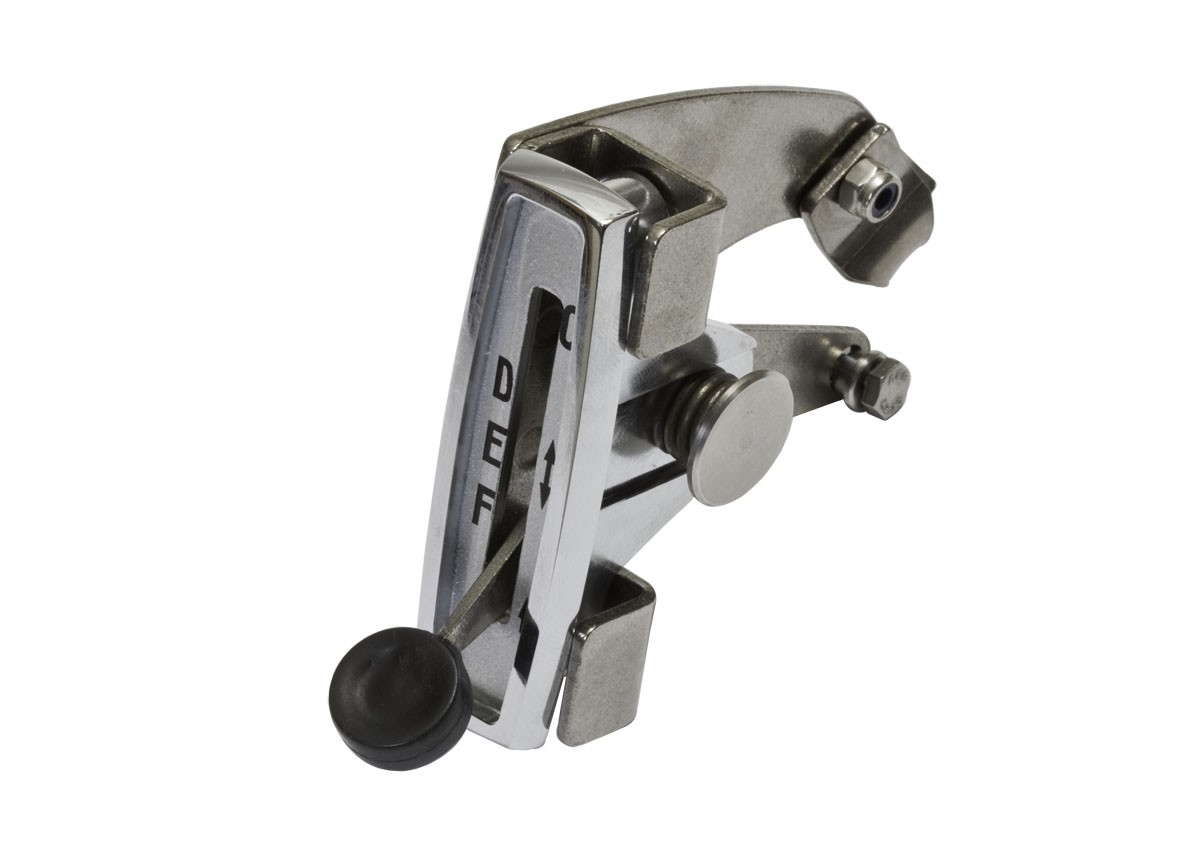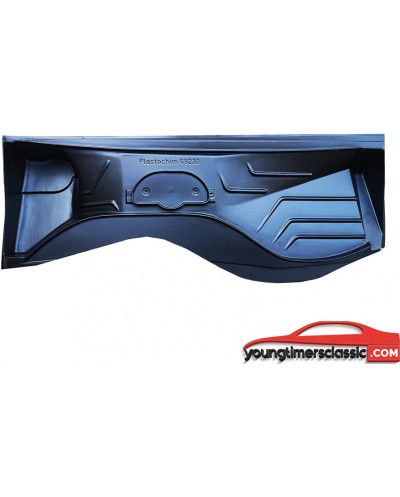Cressi 1946 - Official Website
€ 22.00 · 4.8 (516) · Auf Lager
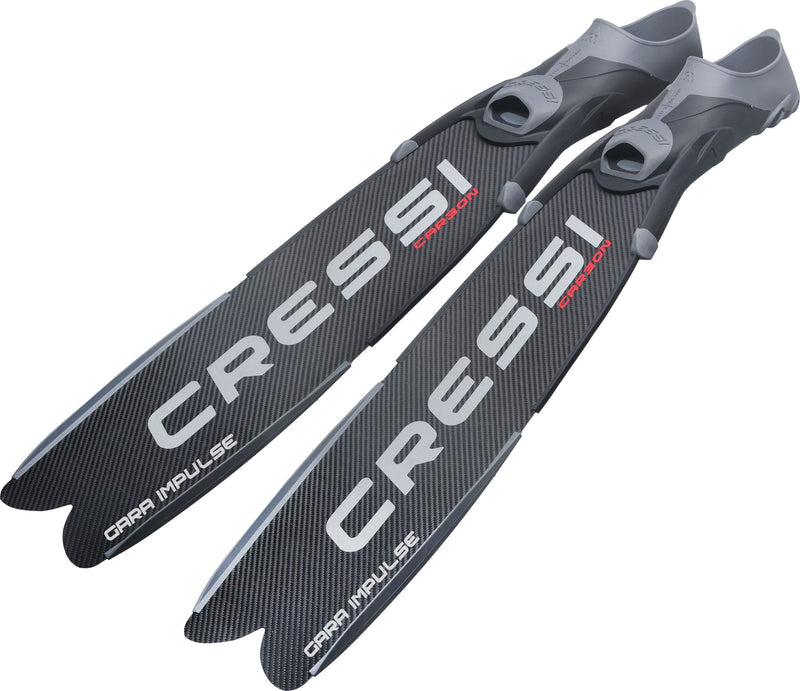
Following the impulse project we have successfully transferred the same design parameters for s-shaped undulating deformation to this innovative carbon fin. This particular movement permits a notable accumulation of elastic potential energy in the blade, which is released in the return kick, transforming into thrust. The effect has been achieved using a finite elements programme that enables the performance offered by carbonfibre to be exploited to the full. The blade is all-carbonfibre with an angle of 29°. The fibre is imported from japan, manufactured by mitsubishi to strict qualitative protocols. The shaped and processed sheet is then produced in a specialist plant in turkey. The blade is subsequently finished with an industrial co-moulding process at cressi’s genoa plant. The elevated chemical bonding achieved between blade and rail, effectively creating a single piece, has permitted the elimination of the rigid glue that prevented the carbonfibre blade from flexing naturally. The thermoplastic rubber used for the water channelling rails is extremely flexible and soft so as not to undermine the intrinsic characteristics of the carbonfibre. The blade is therefore less fragile and more protected by the rubber. The end result is a very light fin, with every square millimetre exploiting the flexibility of the carbonfibre to the full
In anlehnung an das impulse-projekt haben wir die gleichen konstruktionsparameter für die s-förmige, wellenförmige verformung des blattes erfolgreich auf diese innovative carbonflosse übertragen. Diese besondere bewegung ermöglicht eine beachtliche akkumulation von elastischer potenzieller energie im blatt, die beim rückstoß freigesetzt und in schub umgewandelt wird. Dieser effekt wurde mit hilfe eines finite-elemente-programms erzielt, das es ermöglicht, die leistungsfähigkeit der carbonfaser voll auszuschöpfen. Das blatt besteht vollständig aus carbon, abgewinkelt mit 29 grad. Die fasern werden aus japan importiert und von mitsubishi nach strengen qualitätsprotokollen hergestellt. Das geformte und verarbeitete blatt wird dann in einer spezialfabrik in der türkei hergestellt. Anschließend wird das blatt in einem industriellen moulding-verfahren im cressi-werk in genua fertiggestellt. Durch eine spezielles chemisches verfahren wurde es möglich den starren klebstoff zu eliminieren, der die natürliche biegung des carbonblattes verhindert hat. Der thermoplastische kautschuk, der für die wasserführungsschienen verwendet wird, ist extrem flexibel und weich, so dass die eigentlichen eigenschaften der carbonfaser nicht beeinträchtigt werden. Das blatt selbst ist weniger zerbrechlich und wird durch den gummi besser geschützt. Das ergebnis ist eine sehr leichte flosse, bei der jeder quadratmillimeter die flexibilität der carbonfaser voll ausnutzt

Cressi 1946 - Official Website
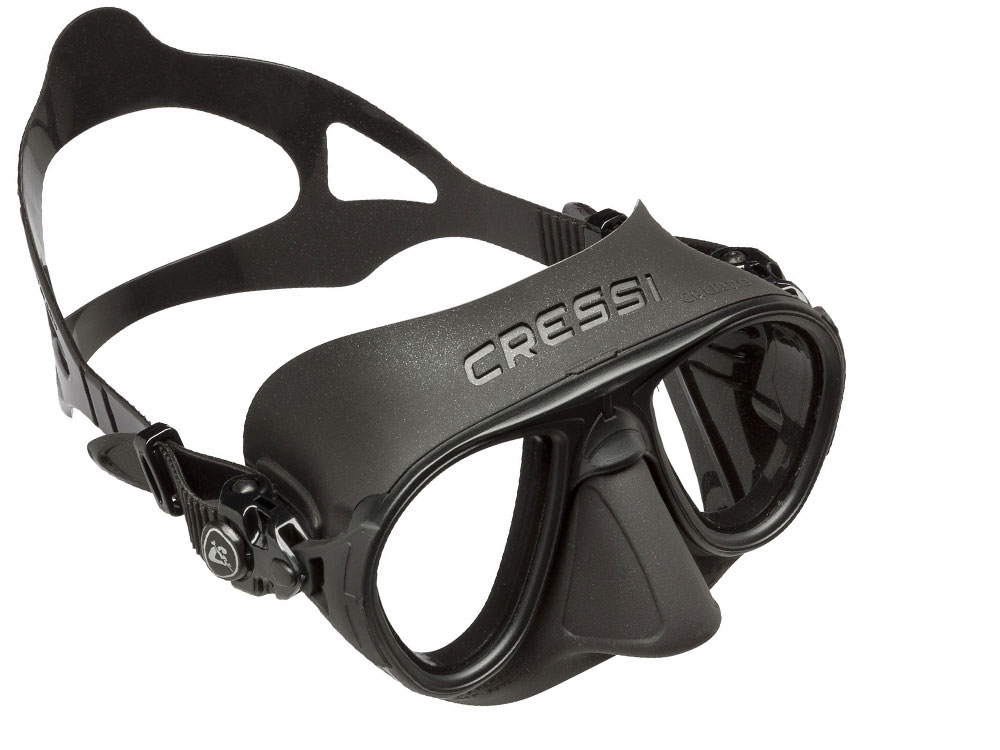
Cressi 1946 - Official Website, cressi
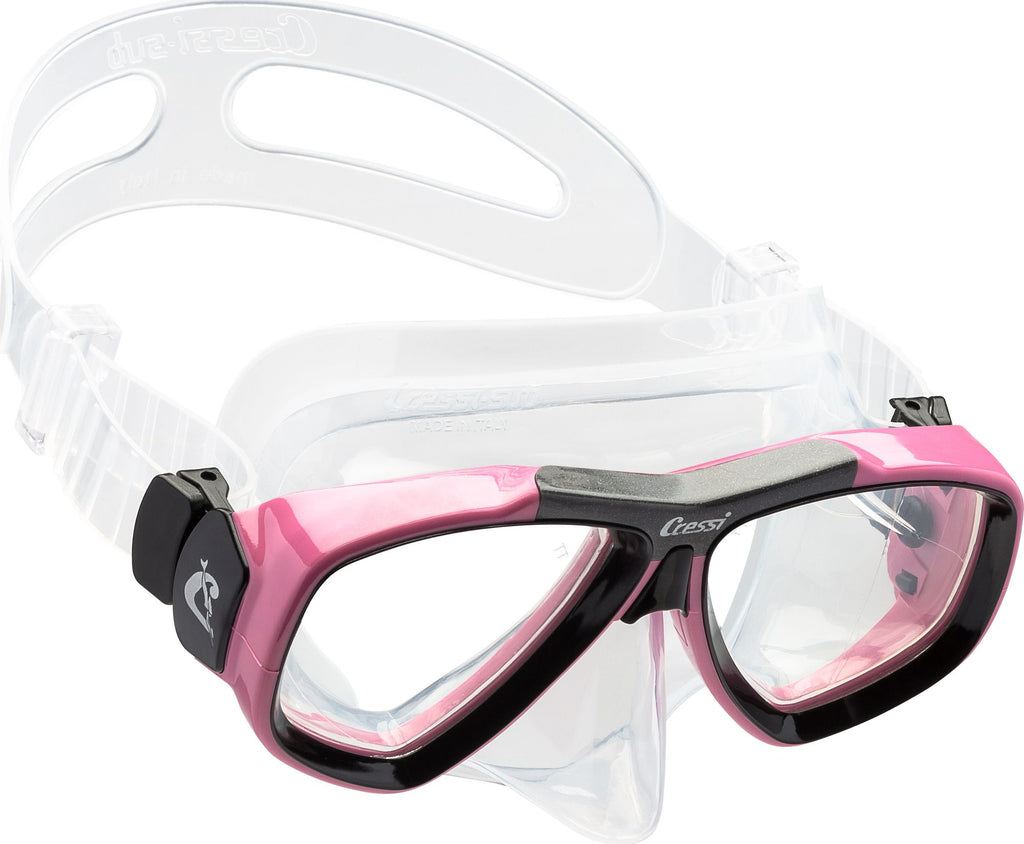
Cressi 1946 - Official Website
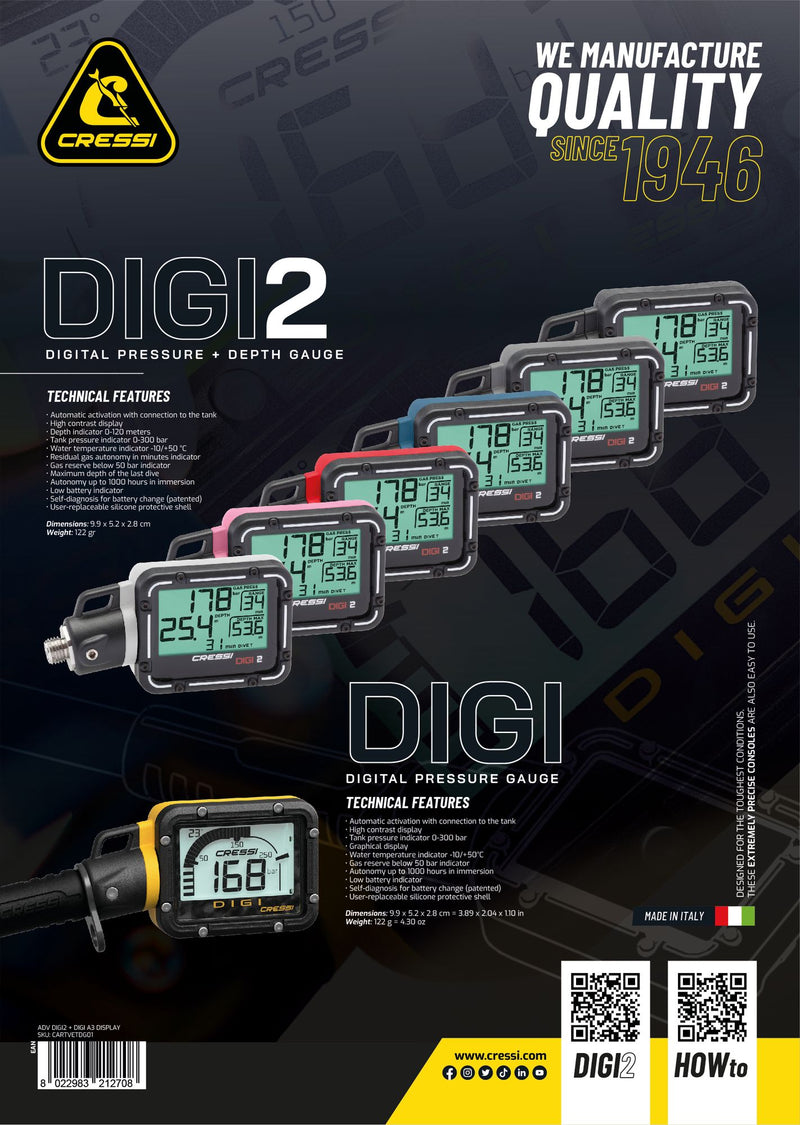
Cressi 1946 - Official Website
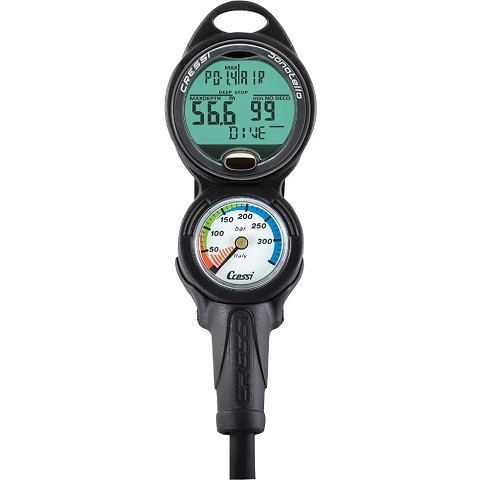
Cressi, Cressi Professional Scuba Diving Equipment
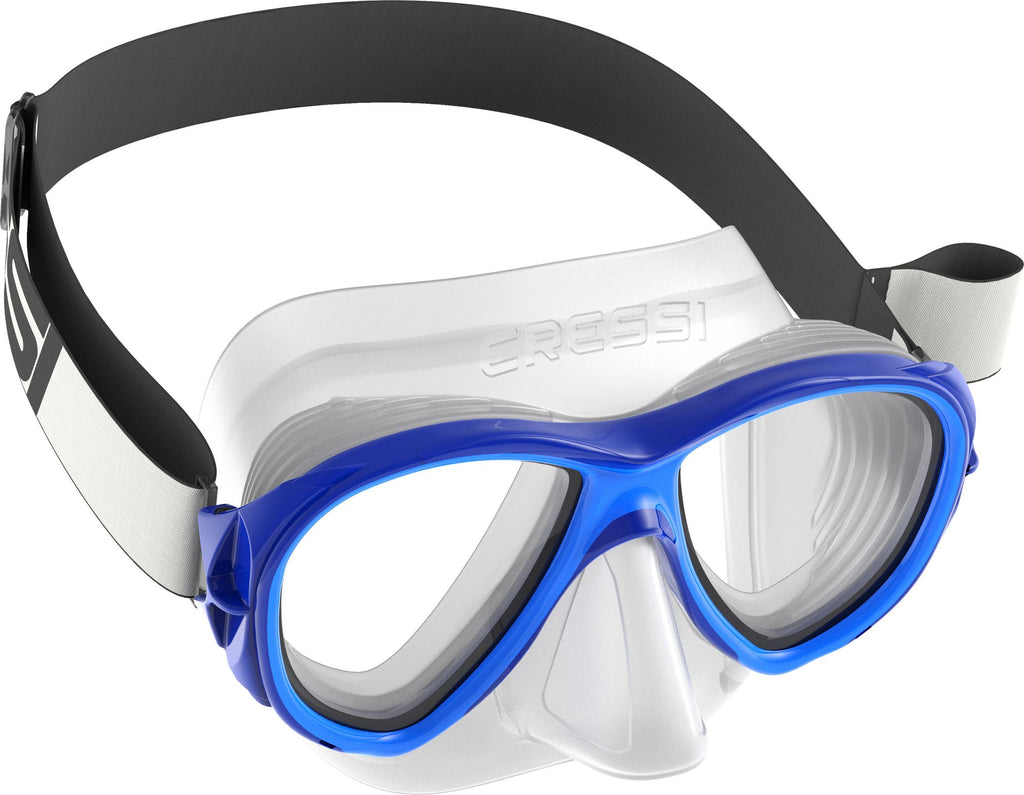
Cressi 1946 - Official Website

Cressi 1946 - Official Website
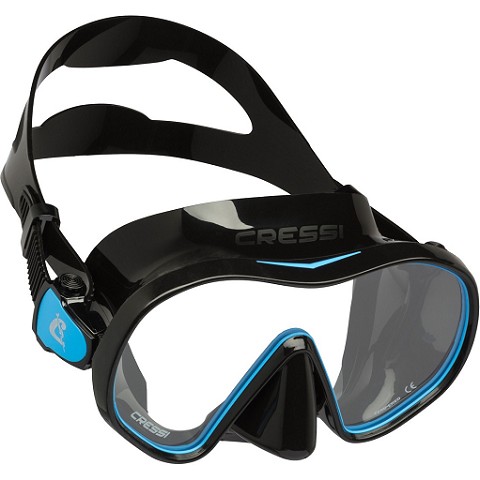
Cressi, Cressi Professional Scuba Diving Equipment
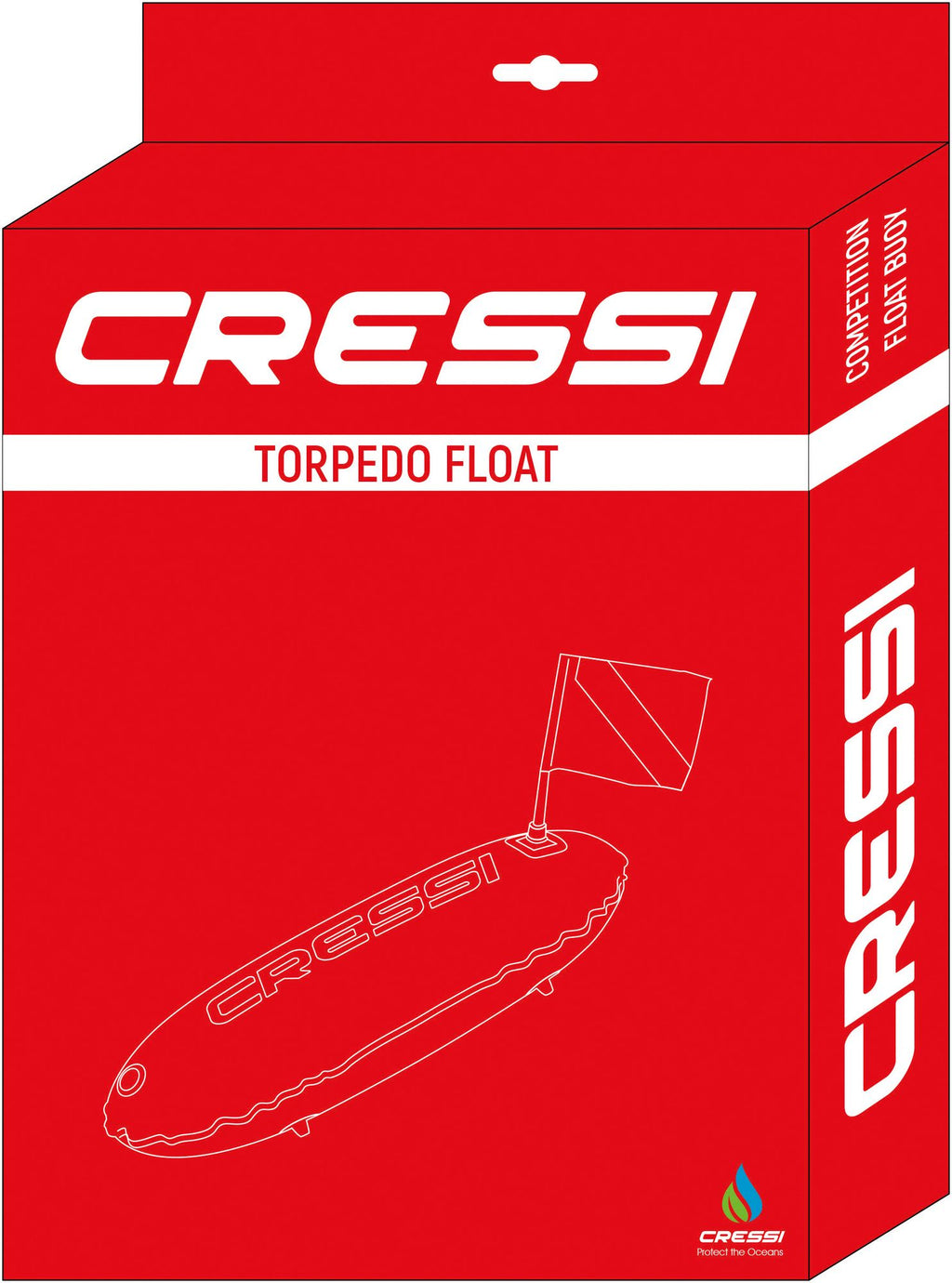
Cressi 1946 - Official Website

